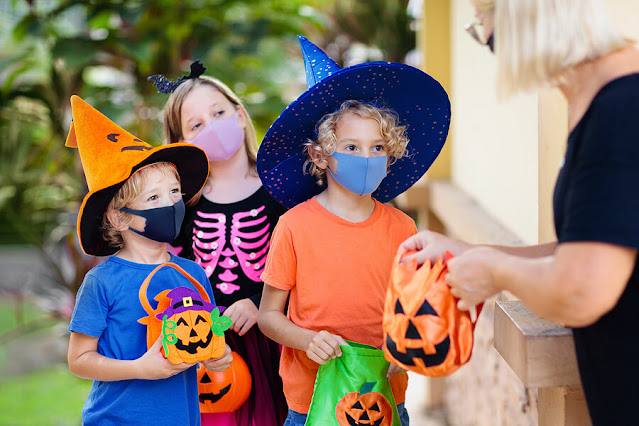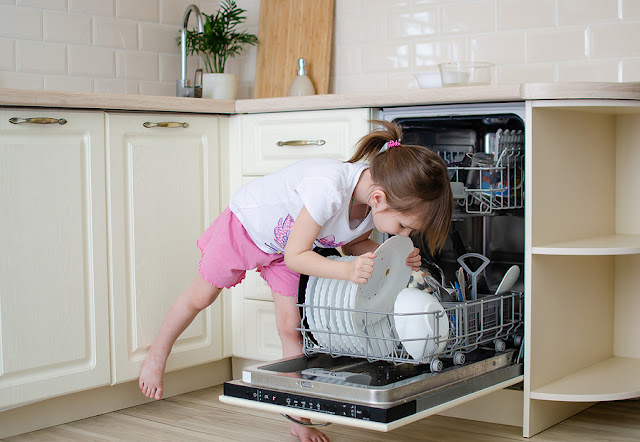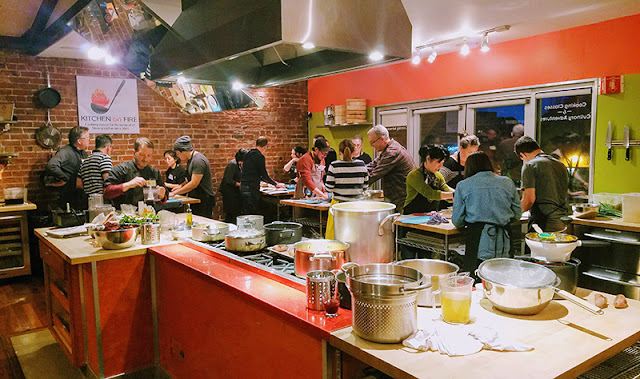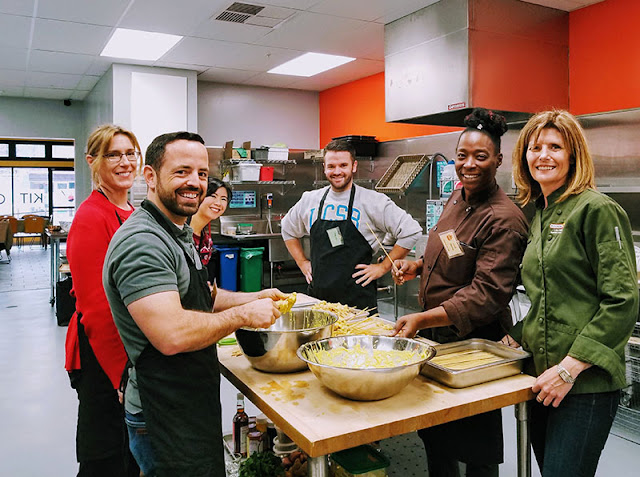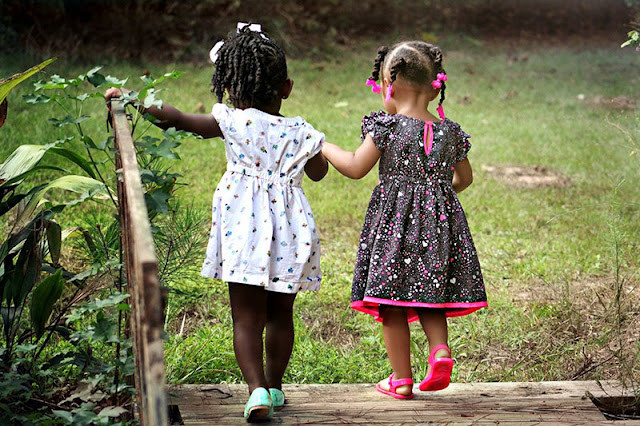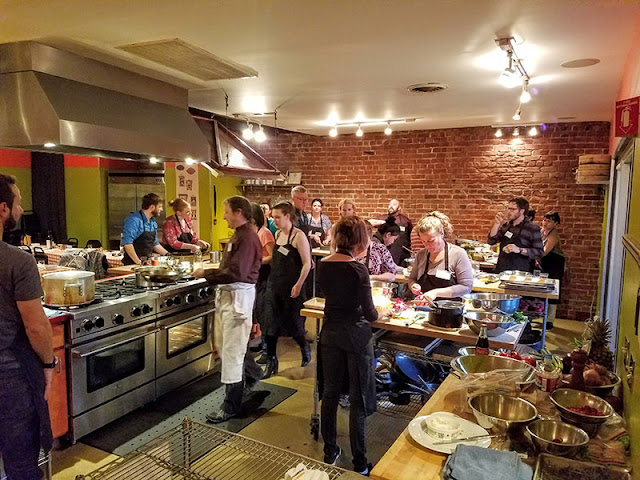Preschool kids are too young for staying up until midnight and many of the festivities associated with the new year, but there are ways they can participate. Let these fun activities be your starting point for ideas of how to help your little one take part in welcoming the new year.
Party Hats and Masks
Construction paper, scissors, crayons, paste, glitter, and a bit of yarn are all you need to create artistic hats and party masks for preschool children to celebrate with. Start by helping your preschooler draw out the eyeglass-shaped mask and then cut it out, include openings for the eyes. The next step is for your preschool youngster to decorate the mask and a sheet of construction paper that will be converted to a party hat. When the artwork is complete, roll the construction paper so that it forms a cone and paste it together to hold the shape. Use a paperclip to hold the hat until the paste dries. Next, pierce the hat on the sides, thread yarn through the holes, and tie a small knot to keep it from sliding out. All that’s left is to party like it’s 2021.Glitter Balloons
For this activity, you will need balloons, a clothespin, and glitter. Carefully pour a small amount of glitter into a balloon, then inflate the balloon, pinching the top closed with a clip. To use, pinch the opening while removing the clip, point the opening slightly downward, and allow air to escape through the opening. Be warned, this activity can be messy and is probably best done outside.Paper Plate Noise Shakers
This simple activity requires 2 disposable plates, a popsicle stick, a little paste, some dried beans or popcorn, and crayons to decorate the plates. Begin helping your child draw his favorite ideas about the new year on the bottom side of the plates. Next, use the paste to attach the popsicle stick to one plate. Next, add a few beans or corn to the dish side of the plate and then use the paste to attach the two plates together so that the outside of the shaker is formed by the underside of the plates. Allow the artwork to dry before use.
New Year’s is celebrated around the world, and including small children gives them a sense of membership in the larger community.






